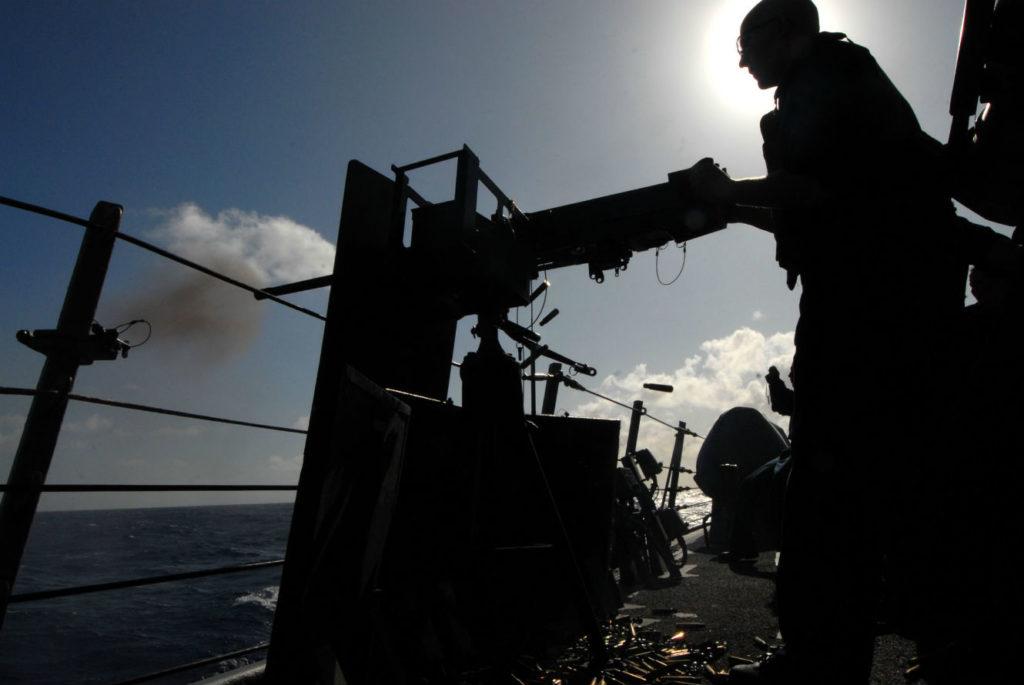In the annals of military history, there are numerous tales of unconventional tactics and unorthodox weapons. One such remarkable event occurred during World War II when the United States military inadvertently destroyed one of its own bases using a weapon as bizarre as it was destructive: the ‘bat bomb’. This little-known incident serves as a fascinating example of the lengths to which military minds will go in the pursuit of victory.
The Secret WWII Project: Developing the Bat Bomb
In a top-secret project during World War II, the United States military developed a unique and unconventional weapon known as the “bat bomb.” The idea was to use bats as carriers for tiny incendiary bombs, which would then be released over enemy targets to create widespread fires and chaos.
The plan seemed promising, until one unfortunate incident occurred during testing at an airbase in New Mexico. A group of bats carrying the bombs accidentally set the entire base on fire, resulting in significant damage and chaos. This unexpected turn of events led to the cancellation of the project, but the story of the bat bomb remains a fascinating and bizarre footnote in military history.
From Theory to Practice: Testing the Bat Bomb in Real Conditions
In a bold and bizarre experiment during World War II, the US military tested the infamous “bat bomb” in real conditions at one of its own bases. The plan was to attach small incendiary devices to Mexican free-tailed bats and release them over enemy targets, where they would seek shelter in buildings before detonating and causing widespread fires.
During the test at Carlsbad Army Airfield in New Mexico, things took a disastrous turn when the bats flew off course and ended up setting the base on fire instead. The unexpected combustion resulted in significant damage to the base, highlighting the challenges of transitioning theoretical ideas into practical application on the battlefield. Despite the setback, the bat bomb project continued to be explored by the military until it was eventually deemed impractical and was abandoned.
The Unexpected Outcome: How the Bat Bomb Backfired
In a bizarre turn of events during World War II, the United States military devised a plan to attach incendiary devices to bats and release them over Japanese cities as a form of unconventional warfare. This plan, known as the “bat bomb,” aimed to unleash chaos and destruction upon enemy forces. Unfortunately, the outcome was far from what was expected, resulting in an embarrassing and costly mishap.
During testing at the Carlsbad Army Airfield in New Mexico, a group of bats armed with incendiary devices was accidentally released, causing chaos as the bats set fire to a nearby hangar. The unexpected blaze quickly spread, engulfing the entire base in flames. The military had inadvertently burned down one of its own bases with its own experimental weapon. The disastrous outcome of the bat bomb experiment ultimately led to the project’s cancellation and served as a cautionary tale of the dangers of untested military technology.
Lessons Learned and Ethical Considerations for Future Military Innovation
The infamous ‘bat bomb’ project was a unique military innovation that ended in disaster during World War II. The idea was to attach small incendiary devices to bats and release them over enemy territory, where they would roost in buildings before exploding and causing widespread fires. However, during a test at a US military base in 1943, the bats accidentally set the facility on fire, completely destroying it in the process. This bizarre incident serves as a cautionary tale about the potential dangers of untested military technologies.
As we reflect on this strange chapter in military history, there are several important lessons to be learned and ethical considerations to keep in mind for future innovation. Some key takeaways include:
- Thorough testing: Before deploying any new technology, it is crucial to thoroughly test it in controlled environments to mitigate the risk of unexpected consequences.
- Consider the ethical implications: When developing military innovations, it is essential to consider the ethical implications, such as the potential for unintended harm or environmental damage.
Key Takeaways
the bizarre and unexpected use of a ‘bat bomb’ by the US military during World War II is a fascinating chapter in military history. While the experiment ultimately ended in the unintentional destruction of one of their own bases, the creativity and ingenuity behind the idea cannot be denied. It serves as a reminder of the lengths to which military leaders will go to find unconventional solutions to wartime challenges. Despite its ultimate failure, the ‘bat bomb’ experiment remains a curious and intriguing footnote in the annals of military innovation.


